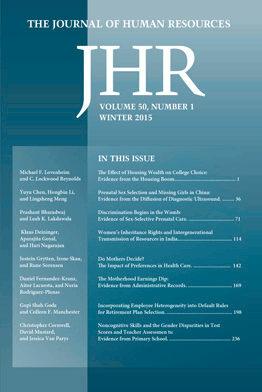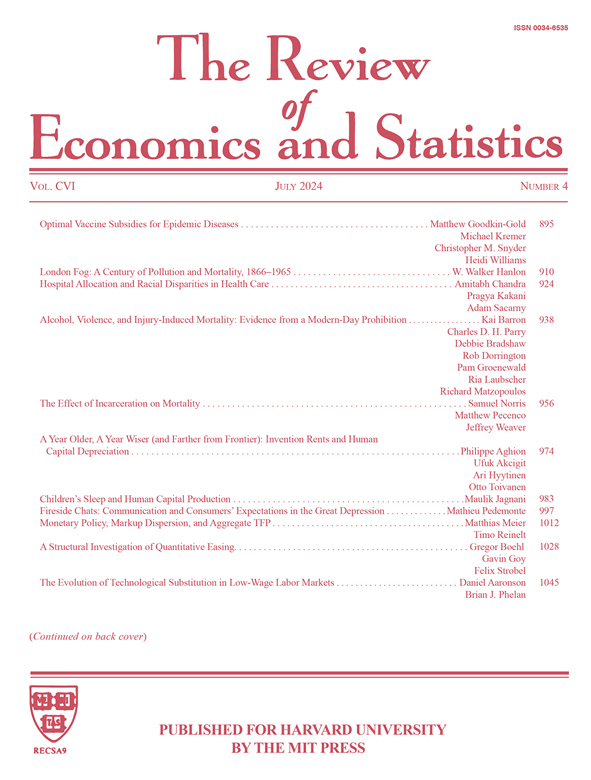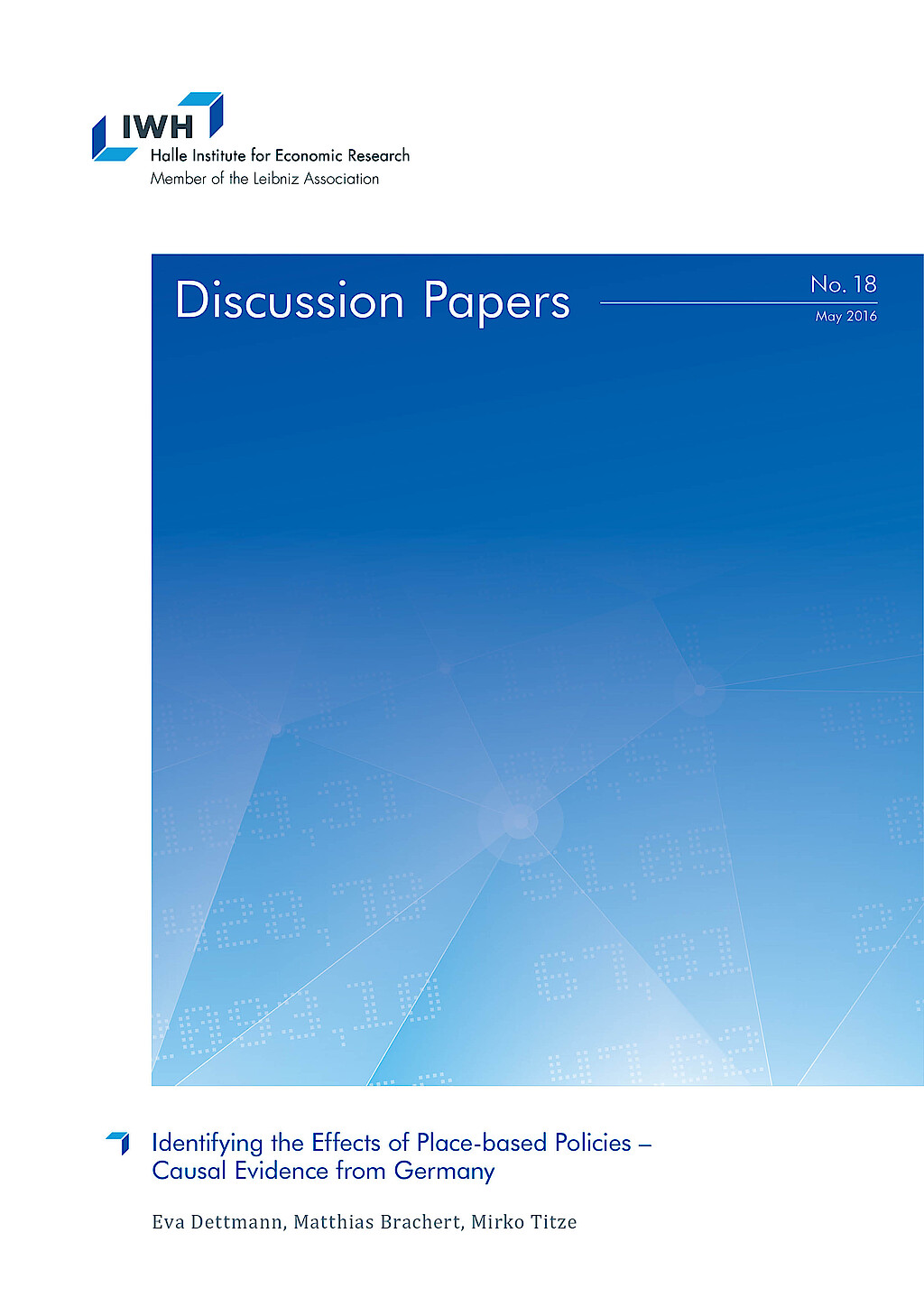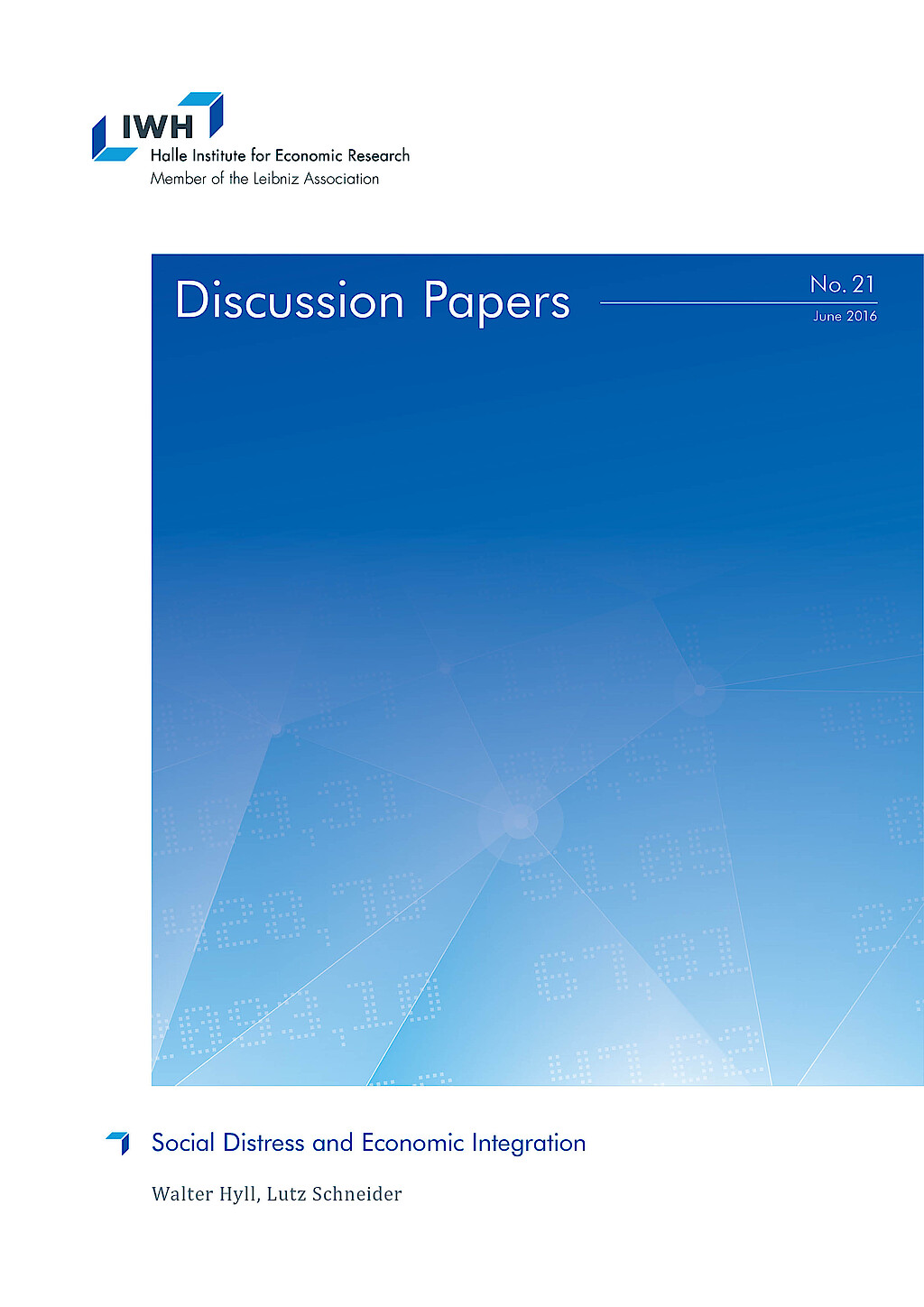Evaluation of Subsidy Programmes
This research group develops the scientific foundations for causal impact analysis of policy interventions within the European Union, with a particular focus on place-based policies. Despite significant public spending on such programmes in many developed economies, there is limited evidence on their effectiveness and efficiency.
Our approach integrates three key dimensions: first, the systematic use of administrative funding data and legislative documents; second, the application of advanced methods in policy impact evaluation; and third, the exchange of knowledge among researchers, policymakers, public administration, and civil society. Without this integration, research risks becoming either overly abstract or disconnected from the institutional and legal realities of policy implementation. By combining these elements, we create robust research designs grounded in real data and legal frameworks.
This approach allows us to generate evidence-based insights that contribute to better informed decision-making—not only in politics but also within civil society. The findings of our work have contributed to the revision and improvement of existing subsidy programmes. The research group is closely embedded in the activities of the Centre for Evidence-based Policy Advice (CEP), ensuring both scientific rigor and practical relevance. In doing so, we embody the leitmotif of the Leibniz Association: theoria cum praxi.
Research Cluster
Economic Dynamics and StabilityYour contact

- Department Centre for Evidence-based Policy Advice
EXTERNAL FUNDING
09.2019 ‐ 09.2022
Establishing Evidence-based Evaluation Methods for Subsidy Programmes in Germany (EVA-KULT)
The project aims at expanding the Centre for Evidence-based Policy Advice at the Halle Institute for Economic Research (IWH-CEP).
01.2018 ‐ 12.2020
Networked growth - Innovative Saxony-Anhalt through digital business models (Competence Center 4.0)
01.2017 ‐ 12.2018
Political Participation in Eastern Germany
12.2015 ‐ 11.2018
Socio-economic Effects of Research on Innovative Approaches for POC Diagnostics
Part of the EXASENS project. Coordinated by the Leibniz Institute of Photonic Technology (IPHT) in Jena, nine Leibniz institutes are working together on researching point-of-care (POC) technology for the prediction and diagnosis of chronic inflammatory respiratory diseases. See press release.
02.2017 ‐ 02.2018
The Importance of Non-University Research Institutions for the Development of Firms and Regions (Be_For_Reg-Projekt)
01.2015 ‐ 12.2016
Evaluation of the "Joint Task 'Improving the Regional Economic Structure'" in the Federal State of Saxony-Anhalt
Refereed Publications

A Professor Like Me: The Influence of Instructor Gender on College Achievement
in: Journal of Human Resources, No. 2, 2009
Abstract
Many wonder whether teacher gender plays an important role in higher education by influencing student achievement and subject interest. The data used in this paper help identify average effects from male and female college students assigned to male or female teachers. We find instructor gender plays only a minor role in determining college student achievement. Nevertheless, the small effects provide evidence that gender role models matter to some college students. A same-sex instructor increases average grade performance by at most 5 percent of its standard deviation and decreases the likelihood of dropping a class by 1.2 percentage points.

Soll die Höhe von Investitionszuschüssen an die Einführung von Umweltmanagementsystemen gekoppelt werden?
in: List Forum für Wirtschafts- und Finanzpolitik, No. 1, 2009
Abstract
In jeder arbeitsteiligen Gesellschaft ist Wirtschaftspolitik erforderlich. Im Rahmen der Wirtschaftspolitik wird versucht, ein komplexes Geflecht von Zielen zu erreichen. Es kann auch vorkommen, dass mit dem Erreichen eines Ziels ein anderes geschwächt wird. Dies ist Gegenstand des vorliegenden Beitrags. Konkret geht es um das Ziel Verbesserung der Wirtschaftsstruktur und das Umweltziel. Das Strukturziel wird in der Bundesrepublik Deutschland unter anderem über die Investitionszuschüsse im Rahmen der Gemeinschaftsaufgabe ‚Verbesserung der regionalen Wirtschaftsstruktur‘ verfolgt, die über die Länder ausgereicht werden. Einige Länder sind dazu übergegangen, die Gewährung von Investitionszuschüssen an Sekundärziele, zum Beispiel auch den Umweltschutz, zu knüpfen. Der vorliegende Beitrag beschreibt einen aktuellen Fall aus dem politischen Diskussionsprozess, in dem die Höhe des Fördersatzes an die Einführung von so genannten Umweltmanagementsystemen gebunden wird. Der Beitrag zeigt, dass unter bestimmten Konstellationen die Investitionstätigkeit gebremst wird und gleichzeitig Umweltmanagementsysteme nicht eingeführt werden. Damit hätte man beide Ziele nicht erreicht. Der bessere Weg bestünde in der direkten Unterstützung von Unternehmen, bei denen ein Umweltmanagementsystem sinnvoll ist, wie es bereits durch Programme auf Landesebene praktiziert wird.

Professor Qualities and Student Achievement
in: Review of Economics and Statistics, No. 1, 2009
Abstract
This paper analyzes the importance of teacher quality at the college level. Instructors are matched to objective and subjective characteristics of teacher quality to estimate the impact of rank, salary, and perceived effectiveness on student performance and subject interest. Student and course fixed effects, time of day and week controls, and students' lack of knowledge about first-year instructors help minimize selection biases. Subjective teacher evaluations perform well in measuring instructor influences on students, while objective characteristics such as rank and salary do not. Overall, the importance of college instructor differences is small, but important outliers exist.
Working Papers

Identifying the Effects of Place-based Policies – Causal Evidence from Germany
in: IWH Discussion Papers, No. 18, 2016
Abstract
The German government provides discretionary investment grants to structurally weak regions to reduce regional disparities. We use a regression discontinuity design that exploits an exogenous discrete jump in the probability of receiving investment grants to identify the causal effects of the investment grant on regional outcomes. We find positive effects for regional gross value-added and productivity growth, but no effects for employment and gross wage growth.

Do Manufacturing Firms Benefit from Services FDI? – Evidence from Six New EU Member States
in: IWH Discussion Papers, No. 5, 2015
Abstract
This paper focuses on the effect of foreign presence in the services sector on the productivity growth of downstream customers in the manufacturing sector in six EU new member countries in the course of their accession to the European Union. For this purpose, the analysis combines firm-level information, data on economic structures and annual national input-output tables. The findings suggest that services FDI may enhance productivity of manufacturing firms in Central and Eastern European (CEE) countries through vertical forward spillovers, and thereby contribute to their competitiveness. The consideration of firm characteristics shows that the magnitude of spillover effects depends on size, ownership structure, and initial productivity level of downstream firms as well as on the diverging technological intensity across sector on the supply and demand side. The results suggest that services FDI foster productivity of domestic rather than foreign controlled firms in the host economy. For the period between 2003 and 2008, the findings suggest that the increasing share of services provided by foreign affiliates enhanced the productivity growth of domestic firms in manufacturing by 0.16%. Furthermore, the firms’ absorptive capability and the size reduce the spillover effect of services FDI on the productivity of manufacturing firms. A sectoral distinction shows that firms at the end of the value chain experience a larger productivity growth through services FDI, whereas the aggregate positive effect seems to be driven by FDI in energy supply. This does not hold for science-based industries, which are spurred by foreign presence in knowledge-intensive business services.

Isolation and Innovation – Two Contradictory Concepts? Explorative Findings from the German Laser Industry
in: IWH Discussion Papers, No. 1, 2015
Abstract
We apply a network perspective and study the emergence of core-periphery (CP) structures in innovation networks to shed some light on the relationship between isolation and innovation. It has been frequently argued that a firm’s location in a densely interconnected network area improves its ability to access information and absorb technological knowledge. This, in turn, enables a firm to generate new products and services at a higher rate compared to less integrated competitors. However, the importance of peripheral positions for innovation processes is still a widely neglected issue in literature. Isolation may provide unique conditions that induce innovations which otherwise may never have been invented. Such innovations have the potential to lay the ground for a firm’s pathway towards the network core, where the industry’s established technological knowledge is assumed to be located. The aim of our paper is twofold. Firstly, we propose a new CP indicator and apply it to analyze the emergence of CP patterns in the German laser industry. We employ publicly funded Research and Development (R&D) cooperation project data over a period of more than two decades. Secondly, we explore the paths on which firms move from isolated positions towards the core (and vice versa). Our exploratory results open up a number of new research questions at the intersection between geography, economics and network research.

Does Proximity Matter in the Choice of Partners in Collaborative R&D Projects? – An Empirical Analysis of Granted Projects in Germany
in: IWH Discussion Papers, No. 12, 2014
Abstract
This paper contributes to the discussion on the importance of physical distance in the emergence of cross-region collaborative Research and Development (R&D) interactions. The proximity theory, and its extensions, is used as a theoretical framework. A spatial interaction model for count data was implemented for the empirical analysis of German data from the period from 2005 to 2010. The results show that all tested proximity measurements (geographical, cognitive, social and institutional proximity) have a significant positive influence on collaboration intensity. The proximity paradox, however, cannot be confirmed for geographical, social and institutional proximity, but for cognitive proximity.

Is Subsidizing Companies in Difficulties an Optimal Policy? An Empirical Study on the Effectiveness of State Aid in the European Union
in: IWH Discussion Papers, No. 9, 2014
Abstract
Even though state aid in order to rescue or restructure ailing companies is regularly granted by European governments, it is often controversially discussed. The aims for rescuing companies are manifold and vary from social, industrial and even political considerations. Well-known examples are Austrian Airlines (Austria) or MG Rover (Great Britain). Yet, this study aims to answer the question whether state aid is used effectively and whether the initial aim why aid has been paid has been reached, i.e. the survival of the company. By using data on rescued companies in the EU and applying a survival analysis, this paper investigates the survival rates of these companies up to 15 years after the aid has been paid. In addition, the results are compared to the survival rates of non-rescued companies which have also been in difficulties. The results suggest that despite the financial support, business failure is often only post-poned; best survival rates have firms with long-term restructuring, enterprises in Eastern Europe, smaller firms and mature companies. However, non-funded companies have an even higher ratio to go bankrupt.













